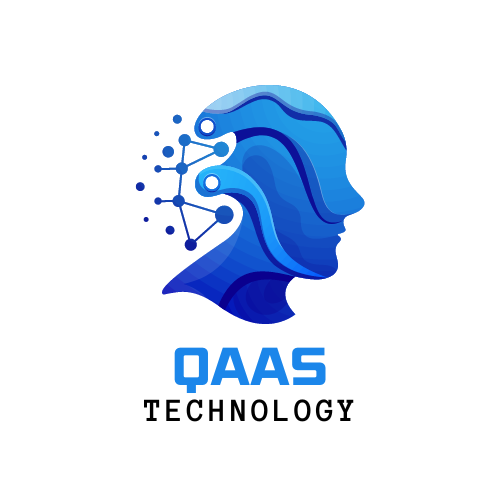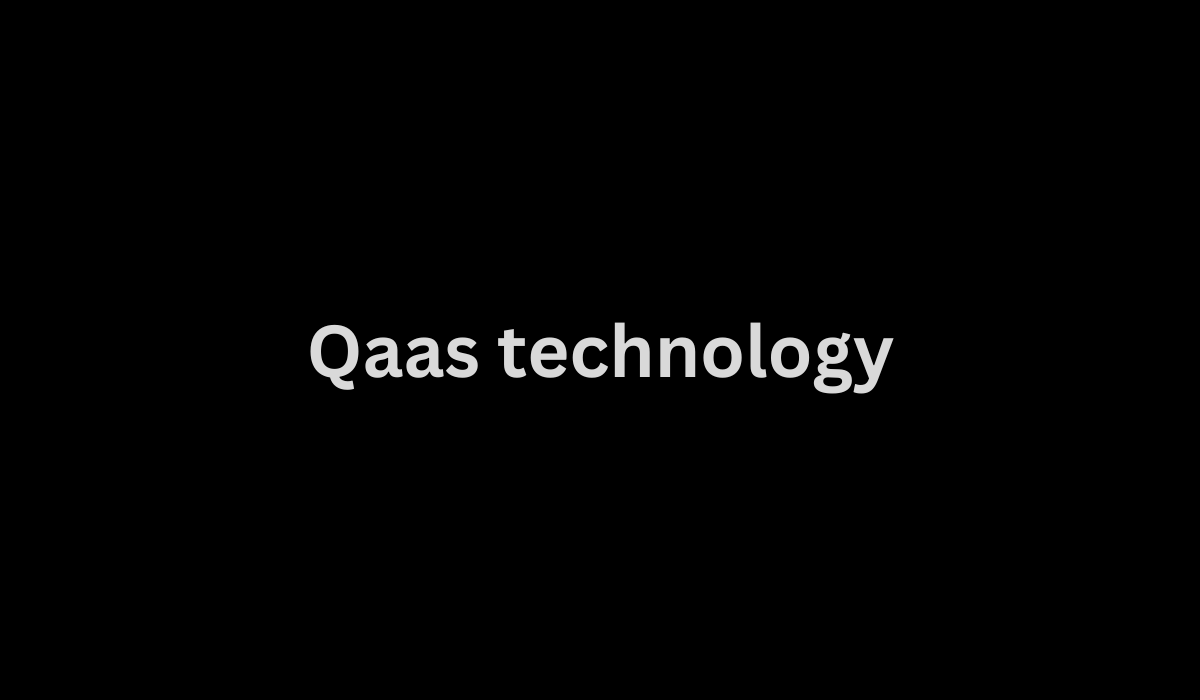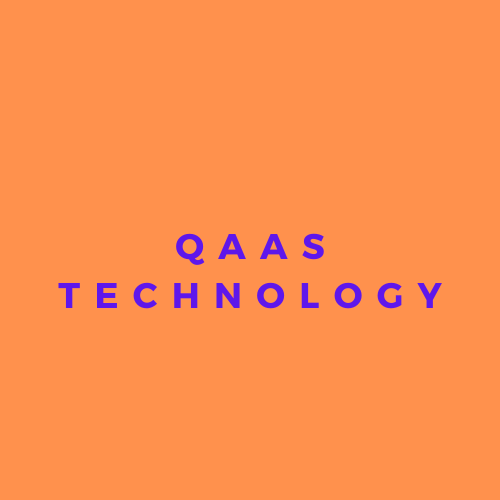Introduction of Qaas technology
In the present quickly developing mechanical scene,
Quality Confirmation as a Help Qaas technology has arisen as a basic part for organizations endeavoring to convey faultless programming items. QAAS use cloud-based answers for offer adaptable, proficient, and exhaustive quality confirmation administrations. This guide investigates the vital instruments and stages driving Qaas technology featuring their highlights, advantages, and effect on current programming improvement.
The Essence of QAAS
Quality Confirmation (QA) is irreplaceable in programming advancement, guaranteeing that items meet determined necessities and capability accurately. Generally, QA was led in-house, requiring critical assets and framework. Qaas technology upsets this by giving QA administrations through cloud stages, empowering organizations to zero in on center advancement while reevaluating testing errands.
Qaas technology stages offer a scope of administrations including robotized testing, execution testing, security testing, and that’s only the tip of the iceberg. These administrations are ordinarily membership based, giving adaptability and versatility to match the changing necessities of organizations.
Key QAAS Tools and Platforms
Selenium
Selenium is a broadly involved open-source instrument for robotizing internet browsers. It upholds various programming dialects like Java, C#, and Python, making it adaptable for various improvement conditions. Selenium WebDriver, a center part, considers the making of strong program based relapse mechanization suites and tests. Its similarity with different programs and working frameworks makes it a foundation in computerized QA.
Appium
For versatile application testing,
Appium stands apart as a main instrument. It is an open-source stage intended for robotizing local, portable web, and half and half applications on iOS and Android stages. Appium’s engineering upholds different dialects including Java, JavaScript, and Ruby, offering adaptability to designers. It coordinates consistently with ceaseless incorporation (CI) instruments, improving the productivity of versatile application testing.
Jenkins
Jenkins is an open-source computerization server that supports constructing, conveying, and mechanizing any venture. Its combination with different QA devices makes it a pivotal player in the CI/Disc (Consistent Mix/Nonstop Organization) pipeline. Jenkins computerizes the testing system, guaranteeing that code changes are naturally tried before joining, subsequently decreasing the gamble of deformities in the creation climate.
TestRail
TestRail is an exhaustive test the executives device intended to oversee and follow programming testing endeavors. It gives a unified stage to test cases, plans, and runs, guaranteeing coordinated and productive testing processes. TestRail’s joining with issue global positioning frameworks like Jira and GitHub upgrades coordinated effort among advancement and QA groups, smoothing out the whole testing lifecycle.
BlazeMeter
Blaze Meter is a presentation testing stage that empowers designers to test the versatility and dependability of their applications. It upholds different testing conventions like JMeter, Gatling, and Selenium. Blaze Meter’s cloud-based nature takes into consideration broad adaptability, making it appropriate for testing applications under various burden conditions without the requirement for critical foundation ventures.
Sauce Labs
Sauce Labs offers a far reaching cloud-based stage for mechanized testing of web and versatile applications. It upholds many programs, working frameworks, and gadgets, guaranteeing careful cross-program and cross-gadget testing. Sauce Labs incorporates with famous CI/Disc instruments, giving nonstop testing capacities that assist with speeding up the improvement cycle.
Benefits of QAAS
Scalability
QAAS stages offer unmatched adaptability,
permitting organizations to increase or down their testing endeavors in view of undertaking necessities. This adaptability is especially gainful for new businesses and little ventures that might not have the assets for broad in-house QA groups.
Cost Efficiency
By utilizing cloud-based QA administrations,
organizations can altogether lessen costs related with keeping up with in-house testing foundation and assets. Membership based models guarantee that organizations just compensation for the administrations they need.
Access to Advanced Tools
QAAS stages give admittance to a set-up of cutting edge testing devices and structures, guaranteeing thorough testing inclusion. This entrance assists in distinguishing and redressing absconds from the get-go in the improvement with cycling, accordingly working on the general nature of the product.
Faster Time-to-Market
Computerized testing and constant joining worked with by QAAS apparatuses speed up the improvement interaction. This speed empowers organizations to deliver items quicker, acquiring an upper hand on the lookout.
The Future of QAAS
The eventual fate of Qaas technology looks encouraging as organizations keep on embracing light-footed and DevOps procedures. The reconciliation of computer based intelligence and AI into QAAS stages is supposed to improve prescient investigation and mechanize complex testing situations further. As innovation propels, QAAS will keep on developing, giving considerably more complex and effective answers for programming quality affirmation.
All in all,
Qaas technology inovation apparatuses and stages are changing the scene of programming testing. By offering versatile, practical, and high level testing arrangements, QAAS engages organizations to convey top notch programming items quickly. Embracing these apparatuses and stages is critical for any association expecting to flourish in the quick moving universe of programming improvement.






